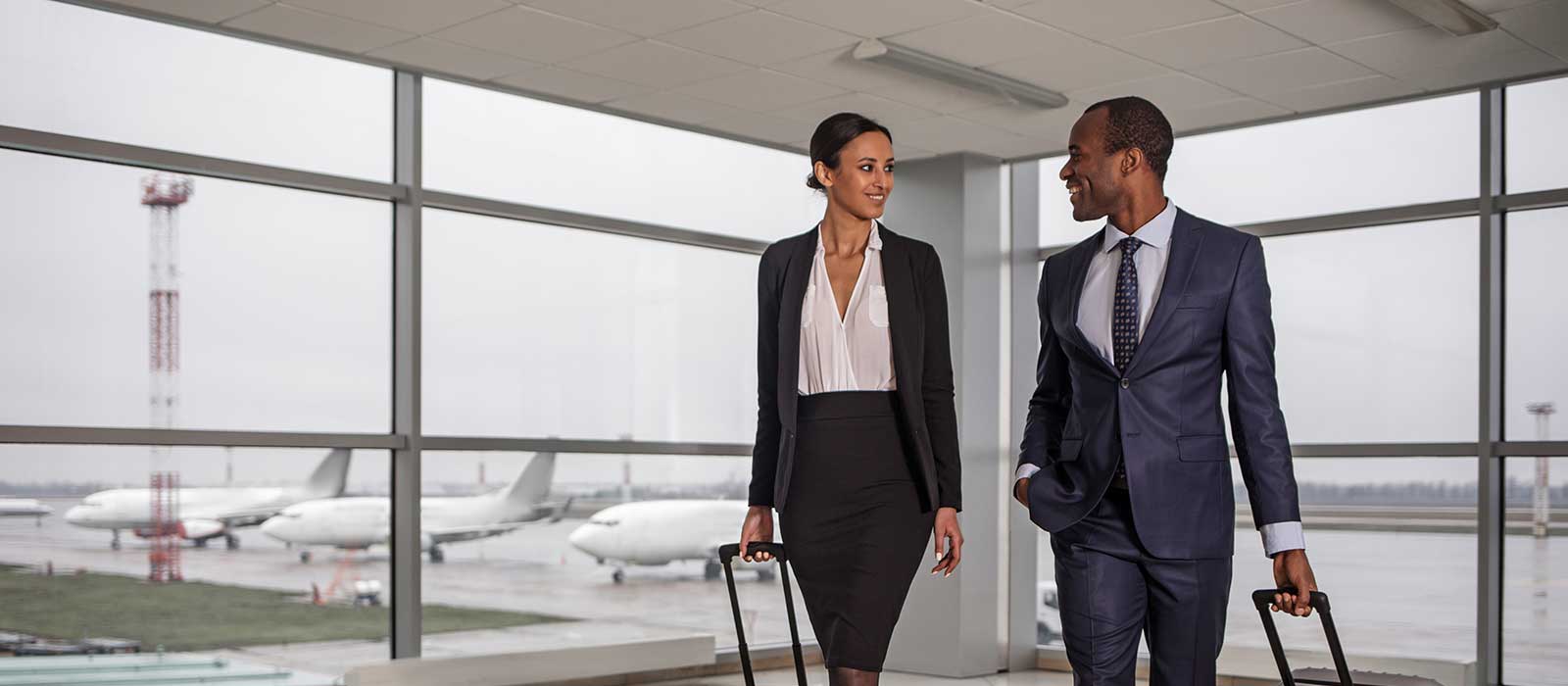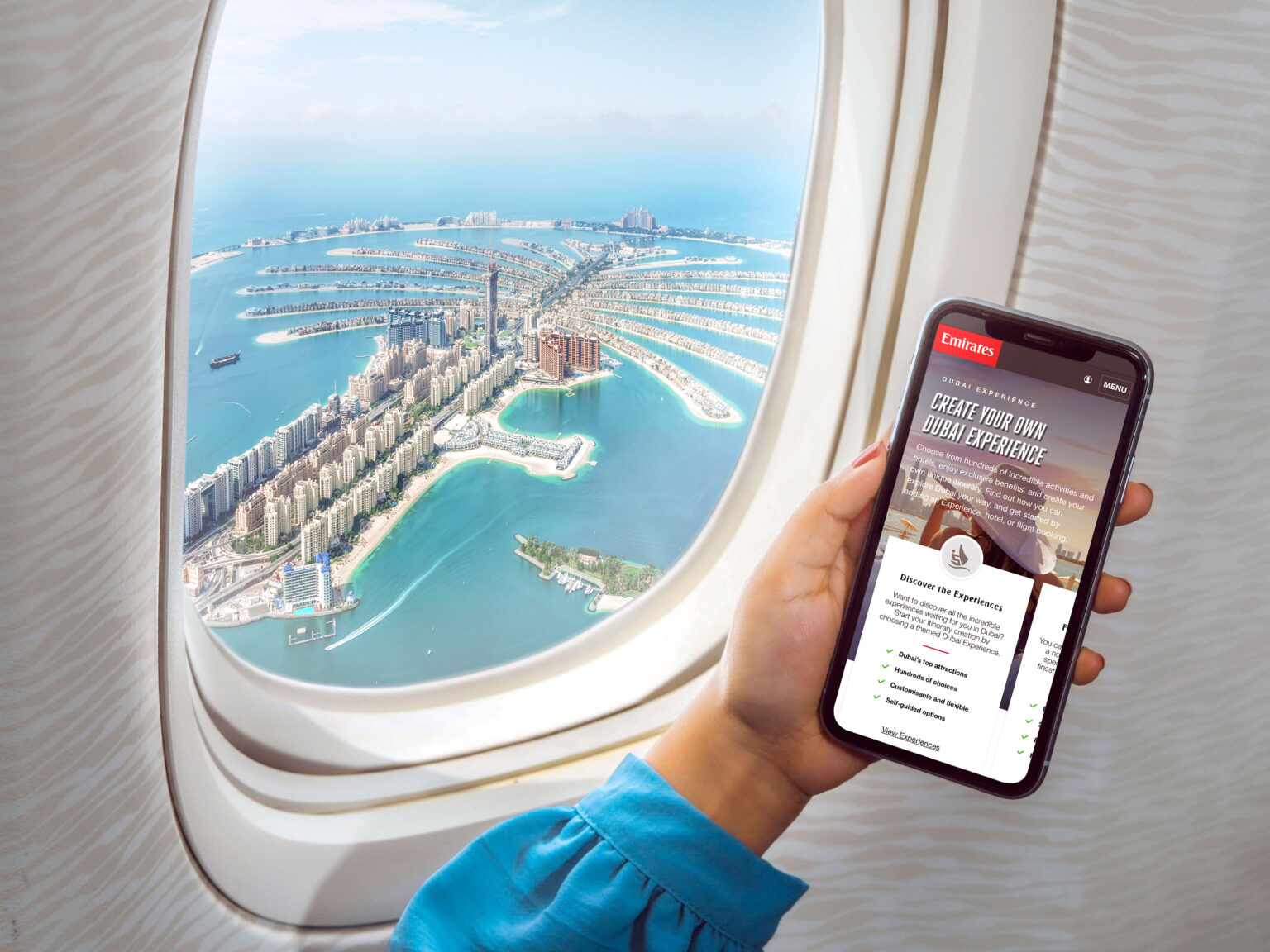After taking a 52% hit in the first months of COVID, the business travel industry is experiencing an unprecedented surge. The Global Business Travel Association (GBTA) projects industry spending to reach 2019 levels by 2024. The corporate travel agency TripActions says it has already seen pre-pandemic levels of “hyper-growth” within the first three months of 2022.
A younger workforce, shaped by a “work from anywhere” plague, has new demands. Business as usual travel is being replaced by a more flexible, connected and sustainable experience. Think fewer 500+ person multi-day conventions and more 30-50 people gatherings with overnight stays.
Here are five trends to monitor for your upcoming team trips.
“Bleisure” travel is getting bigger
Over the last few years, more employees have mixed business and leisure in a kind of globe-hopping known as “bleisure.” Over half of international travelers plan to extend their work trips to take advantage of their destination.
As the workforce gets younger, demand for this flexibility will only increase, with 90% of millennials already incorporating leisure into their travels pre-pandemic.
Two-day business trips of the past could become a one-month sightseeing venture, complete with weekend getaways. Bleisure enthusiasts take these jaunts once every two to three months. They look for a “home” environment, workspaces with strong internet connections and local flavor.
Of note: A new survey conducted by Visit Anaheim, ahead of National Travel and Tourism Week, found that 44% of 2,000 polled bleisure travelers claimed they turned down a work trip because they wouldn’t have had time for leisure activities while at their destination.
Travel as a time to connect
In a recent Deloitte study, managers said they are “seeking events with a powerful mix of networking and content.” Flying for business as usual, which can now be conducted remotely, is being replaced by travel for bonding and training.
This can facilitate networking, skills development, and recruitment. For remote teams, purposeful in-person interaction can be a game-changer for morale.
Unconventional accommodations versus hotel chains
Companies that used to only sign contracts with large hotel chains are now giving their increasingly GenZ and Millennial workforces greater flexibility in choosing their preferred accommodations. Over 70% of millennial corporate travelers had stayed in a vacation rental during work trips.
Instead of feeling like a hotel guest, the business traveler feels closer to local experiences in a vacation rental, like a hole-in-the-wall taco joint or mid-week salsa classes. Staying further afield from city centers is also becoming more popular as travelers prioritize comfort and proximity to leisure activities.
Self-booking and flexible corporate travel policies
With an increasing demand for unconventional accommodation, business travelers need more flexible policies and the option to self-book. For this reason, 68% of employees are booking their trips outside of employer-approved channels.
Some companies are providing tools to help employees resolve issues, falling back on agents only when self-service tools fail. Companies offering a variety of travel options see higher adoption rates for their corporate travel programs. Allowing workers to make decisions based on their needs creates a culture of transparency and trust between employers and employees.
The rise in corporate travel apps
Apps like Travel Perk offer flexible booking and carbon offsets while allowing companies to track spending and ensure employees are complying with their policies. Amex’s GBT Mobile app allows employees to book their trips, create expense reports on the go, receive updates to their corporate travel program and access 24/7 support from a travel counselor.
Flipping the trip script
Enabled by technology and evolving corporate policies, business travelers are taking more extended, unconventional trips and seizing new opportunities for bleisure and in-person connection.
Employees and employers will have to work together to adapt corporate travel policies, as well as the purpose and design of trips, to meet the needs of a younger workforce demanding a new way to work and explore.
Source: Entrepreneur







